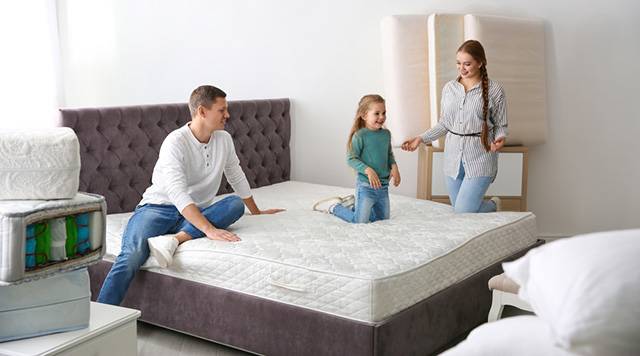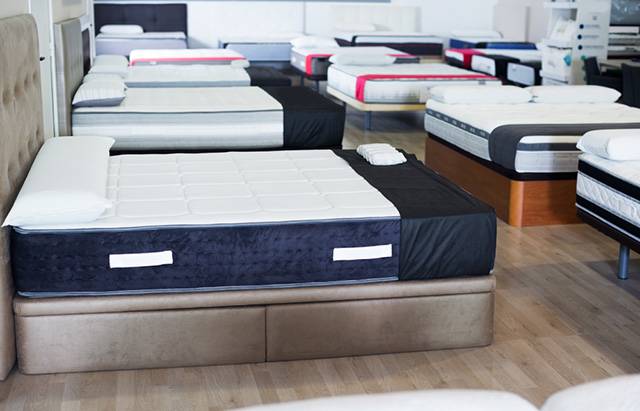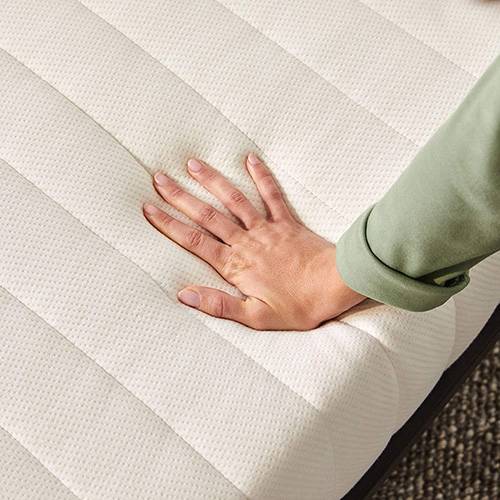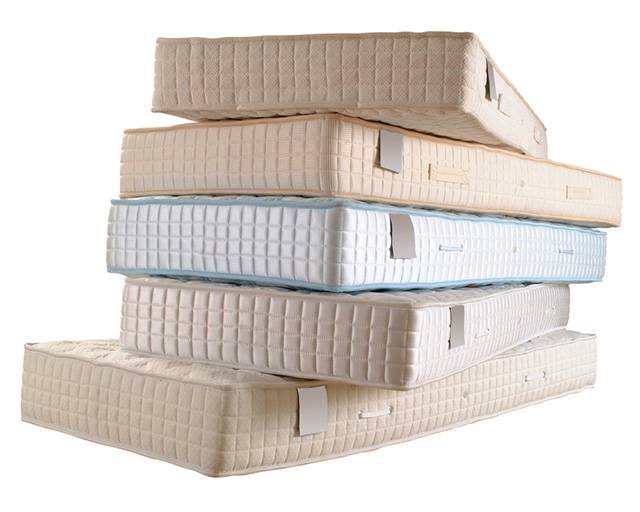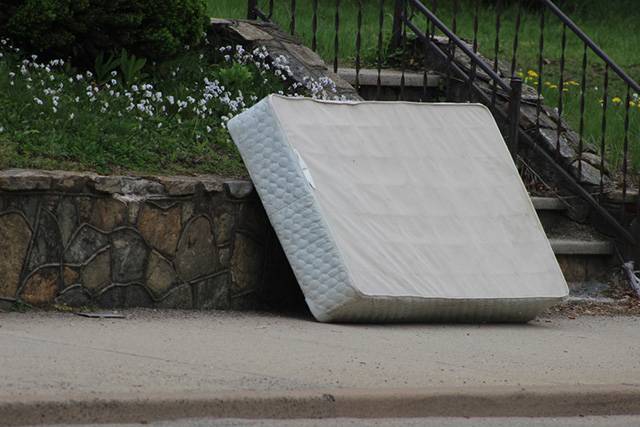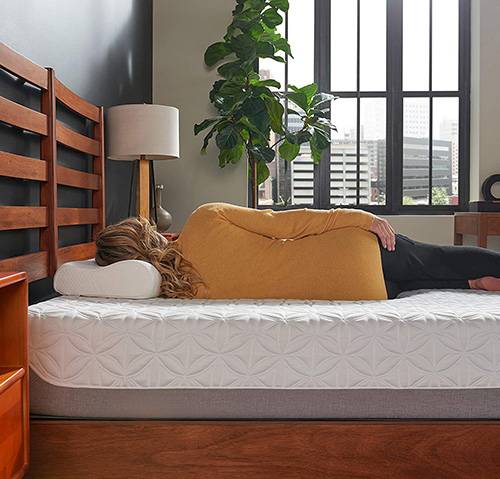You walk through the home and furniture store—past all of the fancy cookware, draperies, and sofas—with one goal in mind: placing an order for a stunning new bed to go in your stunning new apartment. You look at one, then another, and then…you find it. The one.
You draw in a sharp breath upon seeing the price…but you can afford it, right? You planned for this.
But what’s that? The mattress isn’t included? It’s just a frame? And a mattress costs how much?!
You did not plan for that.
If you’ve wondered why mattresses cost so much, you’re not alone.
In this article, we’ll discuss the different factors that go into mattress pricing so that you can sleep a little easier tonight.
Costs of Retail
The first reason that mattresses are so expensive is a rather economical one:
The cost of retail is too high to just give mattresses away.
For us (the consumer), a stroll through Ashley Furniture HomeStore or Bed Bath & Beyond is a pretty fun and smooth experience. But there’s a lot that goes into making it so!
Mattress sellers have several costs and fees on their plate, from the cost of retail space to that of paying their staff members. And let’s not forget the costs associated with advertising and, you know, purchasing the mattresses they sell to you.
Because retail costs play a huge role in how much you’ll spend on your new mattress, you may want to consider purchasing one online. This will reduce the price a bit, as online selling cuts out the middleman (the retailer) as well as many of the traditional retailer costs.
Materials Used
Another factor that goes into mattress pricing is the materials used to make its fill and shell.
As a rule, mattresses made using higher-quality materials cost more than those made of basic or lower-quality materials. Those made using natural materials (like cotton) tend to have a higher price tag attached than those made from synthetic materials (like polyurethane)—and the price jumps up even higher when those natural materials are organic.
Lack of Second-Hand Market
Buying something brand-new almost always costs more than buying it used or pre-owned. This is why consignment stores, used goods stores, and shops of a similar nature are so popular—they allow you to purchase something that’s still in good condition for a whole lot less than you’d pay for it brand-new at the store.
But mattresses are…different, shall we say.
I don’t know about you, but I cringe at the thought of curling up to sleep on a used mattress. While you can sometimes find them for cheap at a Goodwill store (or for free on someone’s lawn), there’s a reason this is not people’s first choice when looking for a mattress. I mean…
- Sweat, blood, and other fluids
- Bedbugs, fleas, and other pests
- Unappealing stains of varying colors and shades
And even if you’re willing to look past all that, the mattress is used. It will have lost a lot of its “comfort factor” and it might be torn/damaged.
Nine times out of ten, you’re better off buying a mattress new—even if it significantly bumps up the cost.
Specialties and Add-Ons
It can be expensive to buy a basic mattress—so what happens to the price when you throw in extras and specialties? (Nothing good, friend.)
There are all kinds of mattress upgrades available today. We have memory foam, cooling, and zoning to help us sleep more comfortably. You can purchase an extra-thick mattress to offer that additional support and plushness. Some mattresses are made using naturally flame-retardant coatings and can also be antimicrobial. Oh, and you can even find mattresses with fancy designs and patterns in the stitching.
These things are nice. They’re luxurious. They can lead to a better night’s sleep.
But you’d better be willing to pay big for these “bonus features”!
Business as Usual
In order to keep their business in operation and turn a profit, retailers and mattress companies often have to employ a variety of sales techniques to increase their revenue. Popular techniques used when selling mattresses include upselling, price anchoring, and using different labels on very similar mattresses to make price comparison difficult.
When a retailer upsells, it means that they’re trying to get you to purchase a more expensive item or service. Let’s say you’re looking at a quality cotton-filled mattress and getting ready to buy. A sales rep might ask if you’re sure you want that one and try to convince you to buy an organic cotton mattress instead.
Price anchoring refers to the use of one price point to influence our feelings toward the price points of other, similar items or services. The seller makes sure their “anchor price” is the first one we see, because it will subconsciously influence how we perceive the prices of every other item we come across in the store. If we see that Mattress A costs X amount of money, we’ll use that price point as a reference for Mattresses B, C, and D—this allows the seller to manipulate you into spending more.
When a mattress seller uses different labels on similar products, this makes it difficult for the consumer to differentiate between their options. Let’s say Mattress A in Store X is white in color while Mattress B in Store Y is exactly the same, but more of a cream color. If the two stores price their respective mattresses a little differently from each other, this will confuse the buyer and make it more likely for said buyer to spend more.
Conclusion
There are many reasons mattresses are so darn expensive, from the various retail costs to cunning marketing ploys. One of the best—and most sanitary—ways to purchase a new mattress for yourself is to buy online. This cuts out many of the retail costs and also allows you to read what other buyers have said about the mattress.
Do you have any tips for finding a great mattress bargain? We’d love to hear your tips and any relevant stories!
Photo credit: FamVeld/Shutterstock; Africa Studio/Shutterstock;
Tomsickova Tatyana/Shutterstock; aswphotos134/Shutterstock
